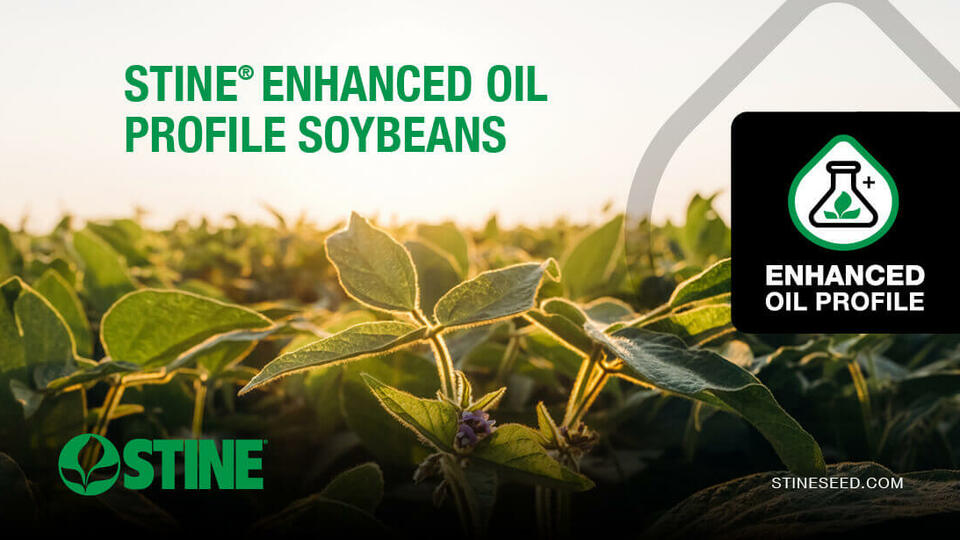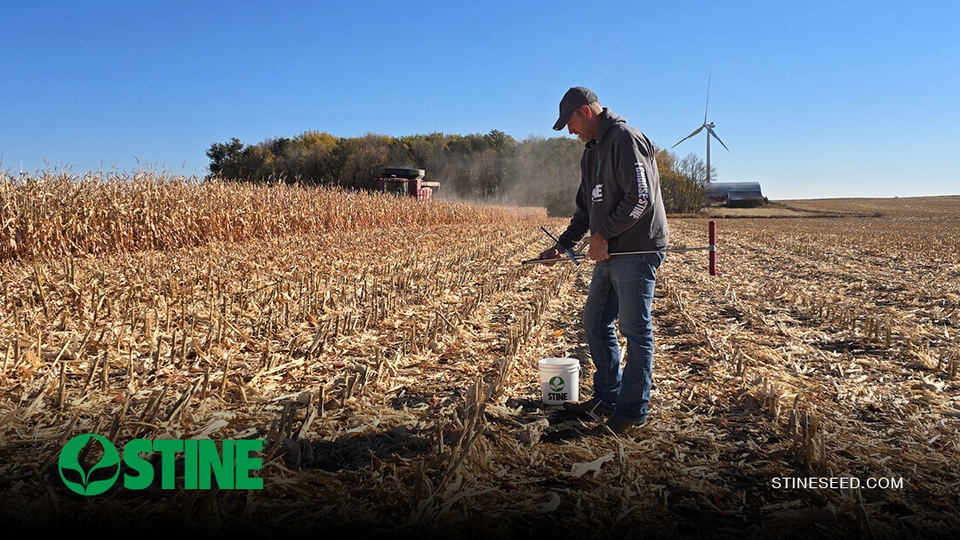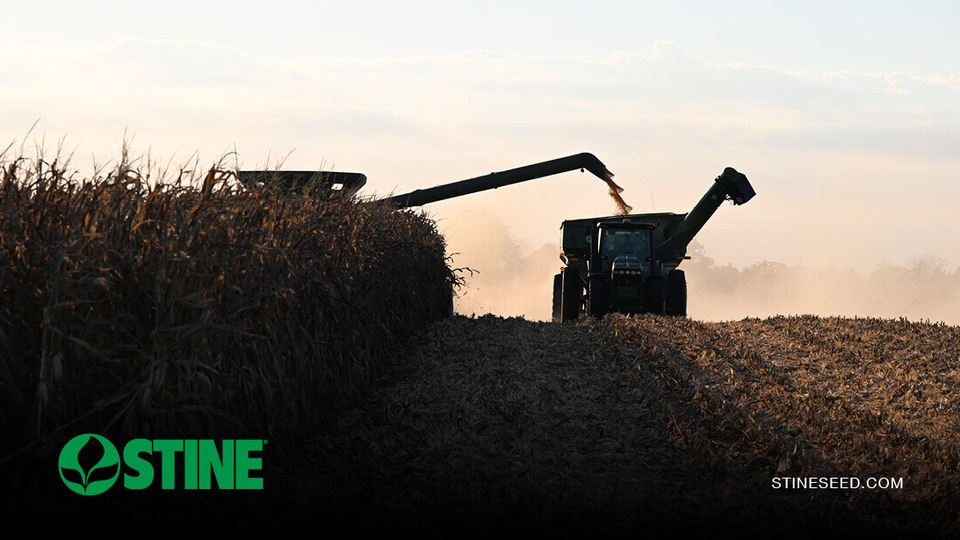Strong yields don’t just happen at harvest. They’re built throughout the season, one smart decision at a time. And in late spring/early summer, one of the most important decisions is how and when to feed your crop. As corn and soybeans advance through key growth stages, it’s critical to evaluate nutrient availability and make timely in-season adjustments.
Your crop’s genetic potential is in the ground. Now is the time to unlock it.

Match your nutrients to crop needs
The goal of every nutrient program should be to provide the right elements at the right time. This goes beyond the traditional talk about N-P-K. In-season applications of nitrogen and sulfur, along with careful attention to phosphorus and potassium levels, can make all the difference as crops move into their reproductive phases.
“Nitrogen and sulfur are two of the most leachable nutrients we deal with. That means timing is everything. You want those nutrients available when the crop needs them, not months ahead of time when they might wash away.”
Tom Larson, Stine director of agronomy
The yield-making period for corn is almost here. That’s why many growers are supplementing with nitrogen now to keep plants fed through tasseling. If your crop followed soybeans, remember that nitrogen credits from the previous season are limited — typically only 20 to 40 pounds per acre, depending on the soil’s productive potential. Consider supplementing with ammonium sulfate or ammonium thiosulfate for added sulfur, following the rule of thumb: 1 pound of sulfur for every 5–10 pounds of nitrogen applied.
Understand your soil’s capacity
Not all soils handle nutrients the same way. Knowing your field’s cation exchange capacity (CEC) helps determine how much nitrogen your soil can hold at once and how quickly it may lose it. For example, sandy soils with low CEC may require smaller, more frequent nitrogen applications compared to heavier clay soils that retain nutrients longer.
CEC also helps guide population and planting decisions, which in turn affect how nutrients are used. Matching your hybrid or variety to the field’s capacity ensures you’re not overfeeding or underperforming.
Don’t overlook P and K
We might think of nitrogen as the big brother of plant health, but phosphorus and potassium are strong influencers in the whole family, too. Phosphorus supports root development and energy transfer, while potassium is essential for water regulation, disease resistance and late-season stalk integrity.
Phosphorus removal sits between 0.4–0.6 pounds per bushel, and potassium ranges from 0.29–1.33 pounds per bushel, depending on the crop and hybrid/variety. If you want top-end yield, you need to replace what your crop removes — or risk limiting potential.
Maintaining strong base saturation levels ensures nutrients are available to plants when they’re most needed. If levels are borderline or trending low, in-season correction is possible but only with a timely response.
Unlock your crop's potential
Big crops remove big nutrients. By managing in-season fertility with a data-driven, soil-aware strategy, growers can maintain strong plant health, avoid hidden hunger and finish the season strong.
Visit StineSeed.com or connect with your local Stine representative to review your in-season fertility plan. And don’t miss our “Stine Seedcast” episodes for timely tips and agronomic guidance all season long.
Related Articles
-

Understanding Stine’s enhanced oil profile soybeans
December 2025 in Agronomy
-

Soil sampling sets the stage for spring
November 2025 in Agronomy
-

Corn production growth paves way for more high-performing Stine® hybrids
November 2025 in Agronomy
-

Stine harvest roundup: Part 2
October 2025 in Agronomy



